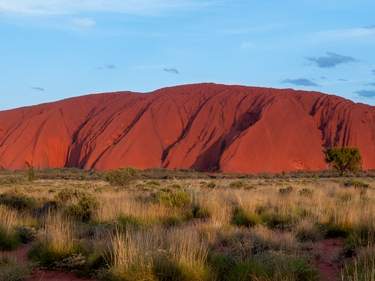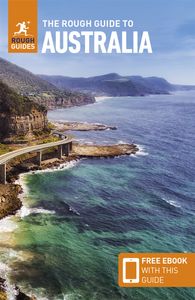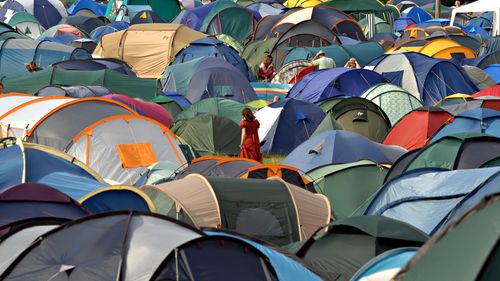Hinchinbrook Island
Across the channel from Cardwell, Hinchinbrook Island looms huge and green, with mangroves rising to forest along the mountain range that forms the island’s spine, peaking at Mount Bowen. The island’s drier east side, hidden behind the mountains, has long beaches separated by headlands and the occasional sluggish creek. This is Bandjin Aboriginal land, and though early Europeans reported the people as friendly, attitudes later changed and nineteenth-century “dispersals” had the same effect here as elsewhere. The island was never subsequently occupied, and apart from a single resort (currently closed), Hinchinbrook remains much as it was two hundred years ago. Today, the island’s main attraction is the superb Thorsborne Trail, a moderately demanding hiking track along the east coast, taking in forests, mangroves, waterfalls and beaches.
Hiking the Thorsborne Trail
Book your campsites well in advance; online at nprsr.qld.gov.au (where you can also read current warnings and download a trail map) or over the phone. Only forty walkers are permitted on the trail at a time, and it’s usually booked solid, especially during school holidays. Once you’ve got this sorted, book your ferry transfers.
The drier winter months (June–Oct) provide optimum hiking conditions, though it can rain throughout the year.
Hiking essentials include water-resistant footgear, pack and tent, a lightweight raincoat and insect repellent. Wood fires are prohibited, so bring a fuel stove. Kookaburra Holiday Park in Cardwell rents out camping gear. You’ll need to be completely self-sufficient and carry four litres of water with you per day. Although streams with drinking water are fairly evenly distributed, they might be dry by the end of winter, or only flowing upstream from the beach – collect from flowing sources only.
As for wildlife, you need to beware of crocodiles in lowland creek systems. Less worrying are the white-tailed rats and marsupial mice that will gnaw through tents to reach food; there are metal food-stores at campsites, though hanging anything edible from a branch may foil their attempts.
Innisfail
INNISFAIL is a small but busy town on the Johnstone River and a good spot to find work picking bananas. Innisfail is worth a quick stop anyway as a reminder that modern Australia was in no way built by the British alone: there’s a sizeable Italian community here, represented by the handful of delicatessens displaying herb sausages and fresh pasta along central Edith Street. The tiny red Lit Sin Gong temple on Owen Street (and the huge longan tree next to it) was first established in the 1880s by migrant workers from southern China, who cleared scrub and created market gardens here; many of Innisfail’s banana plantations have been bought up recently by Hmong immigrants from Vietnam.
Mission Beach
After branching east off the Bruce Highway a couple of kilometres past Tully, a loop road runs 18km through cane fields and patches of rainforest to Mission Beach, the collective name for four peaceful hamlets strung out along a 14km stretch of sand. The coastal forest is home to the largest surviving cassowary population in Australia.
The area owes its name to the former Hull River Mission, destroyed by a savage cyclone in 1918. In 2006, Cyclone Larry stripped the rainforest canopy and flattened farms between here and Cairns, wiping out the entire year’s banana crop, and much the same happened again in early 2011 when Cyclone Yasi hit the region with full force.




















